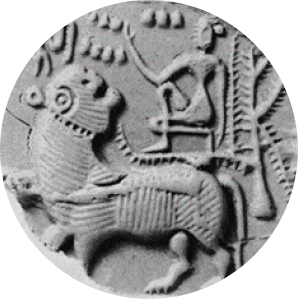Yesterday the film “Peace One Day” was showing at the Jerusalem cinematheque, as part of a festival of British films. Jeremy Gilley, the director, had sent an invitation, since a segment of the film had been made in the Village, and I’d had some contact with him at that time. So I gathered together Heide, who is working as a volunteer in our village, Jesse, who is doing some research for his BA degree, and Frank Cardelle, a psychologist, who had been staying in our guest house, and we went to see it. The audience at the cinematheque was not large, but I think everyone was impressed with the film, as became clear from responses during the Q & A session afterwards.
The Peace One Day effort is documented at its website. Jeremy, a film maker, worked for six years to convince the United Nations to adopt a day of global ceasefire and nonviolence on the 21st of September each year. His efforts eventually paid off, and the UN did adopt this as a resolution in 2001. The film inspires by its demonstration of what a single individual can do for peace in our cynical world. That Jeremy Gilley succeeded so well must have a lot to do with his personality, with its combination of intense commitment, and a fine balance between willingness to stick his neck out as far as it will go without seeming to be an aggressive self-serving egoist. He comes across, if anything, disarmingly modest. When I told him, at the reception after the screening, that I would certainly buy a copy of the film for the village, he not only said he would give us one, but literally ran the length of the cinematheque to go get it. “Just look at him,” I said to Jesse and Heide, shaking my head.
